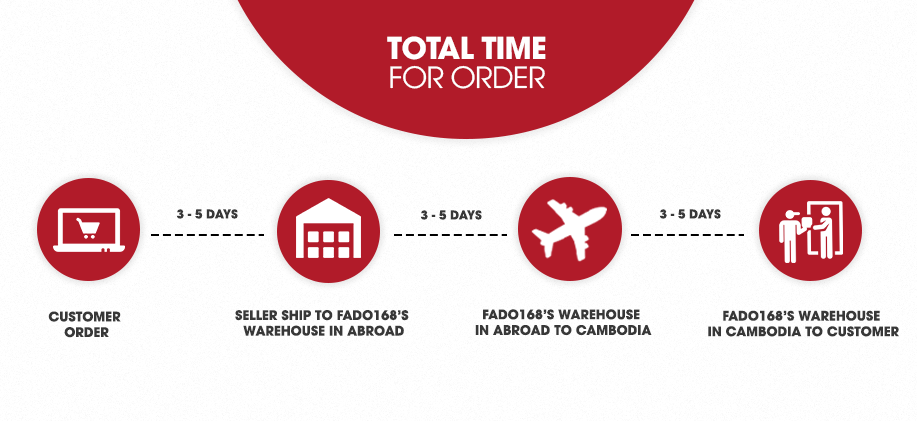As humans, we have an underlying “blueprint” for how we perceive and process the world around us, and the study of psychology helps us decipher this blueprint. Designers can use this knowledge to build more intuitive, human-centered products and experiences. Instead of forcing users to adapt to the design of a product or experience, we can use some key principles from psychology as a guide for designing in a way that is adapted to people. This is the fundamental basis of human-centered design, and it’s the foundation of this book.
But knowing where to start can be a challenge. Which principles from psychology are useful? What are some examples of these principles at work? There’s an endless list of laws and theories that occupy this space, but there are a few that I’ve found particularly helpful and widely applicable. In this book, I explore these concepts and present some examples of how they are effectively leveraged by products and experiences we interact with every day.
Who This Book Is For
This book is for anyone who wishes to improve their design craft, learn more about the intersection of psychology and design, or simply explore why people react to good design the way they do. It’s aimed at designers who want to have a better understanding of psychology and how it impacts and overlaps with the work we do. It’s for professional and aspiring designers alike: anyone who seeks to understand how the overall user experience is affected by an understanding of human perception and mental processes. While the book is specifically focused on digital design as opposed to the more traditional media of graphic or industrial design, the information it contains is broadly applicable to anyone responsible for shaping user experience. I should also mention that it isn’t intended to be a comprehensive resource, but rather an accessible introduction to the psychology fundamentals that have a direct influence on design and how people process and interact with the interfaces we create. It’s full of examples and intended to be easily read and referenced by designers who wish to incorporate this information into their daily work.
This book will also be relevant to anyone who seeks to understand the business value of good design and why good design is transformative for businesses and organizations. The field of UX design has grown and expanded into new areas thanks to the increase in investment by companies looking to gain a competitive advantage. With this new interest has come the expectation that products and services should be well designed, and simply having a website or mobile application is no longer enough. Companies must ensure their websites and applications, and any other digital experiences they offer, are helpful, effective, and well designed. In order to achieve this goal, designers can, I believe, use psychology as a guide, enabling them to design for how people actually perceive, process, and interact, not only with digital interfaces but also with the world.


